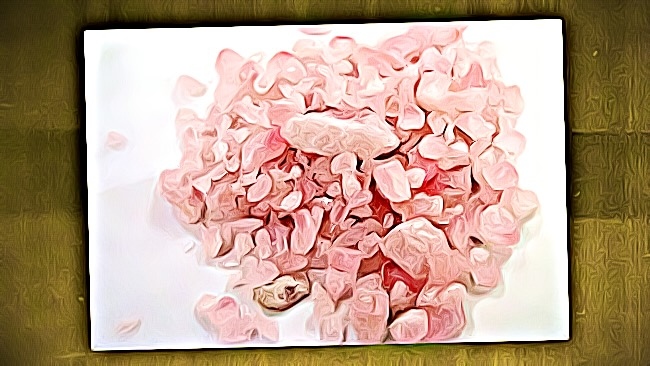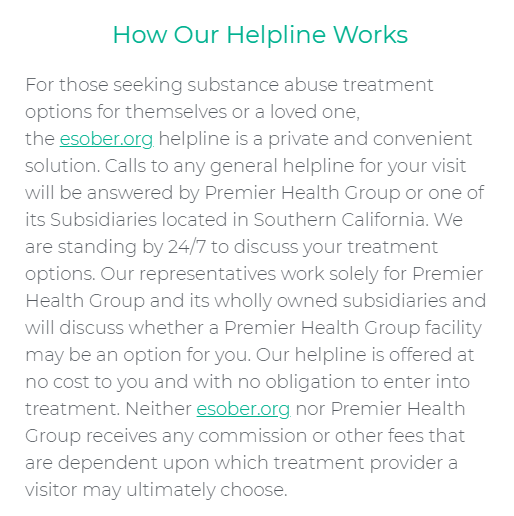For two decades, the opioid epidemic has continued to grow, even as time goes on. As the epidemic continues, other substances are being found laced with fentanyl, the deadliest opioid on the market. Unlike heroin and morphine, fentanyl is stronger than these substances. However, other illicit opioids on the streets are just as potent as fentanyl. One of these substances is U-47700, called Pink because of its chemical composition.
What Is the Pink Drug?
U-47700 is a synthetic opioid, meaning it is artificial. However, this substance is 30 to 50 times more potent than morphine. According to the U.S. Drug Enforcement Administration (DEA), U-47700 is a synthetic opioid substance that has been researched for medical use. It was discovered in 1969 and was developed for medical purposes by a pharmaceutical company.
Initially, U-47700 was only available for research purposes. Its medicinal purposes included treating chronic pain and as an appetite stimulant. However, in the 1990s, this substance became a powerful painkiller and was marketed as a high-potency opioid. Because of its high potency, U-47700 was later banned, but not before numerous pharmacies began selling the substance as a painkiller.
Today, the substance is still on the streets, and this dangerous drug concerns law enforcement officials and medical professionals.
The Pink Drug and the Opioid Epidemic
As the opioid epidemic continues, so does the rise in the use of U-47700. This substance is available online and used by the most recent wave of heroin addicts.
In 2016, it was found that the number of middle-aged men and women was getting into the synthetic opioid drug due to its rapid onset and intense pain-relieving effects. The drug also has numerous side effects, including seizures, impaired cognitive function, and heart issues such as irregular heartbeat.
This drug has been sold online as certain compounds, including U-47700. As the opioid epidemic continues to grow, so does the number of individuals looking for a high and purchasing this dangerous substance.
The Pink Drug as a Painkiller
Due to its intense pain-relieving effects, many individuals looking for a painkiller are turning to the Pink Drug. The drug is also very potent and is being used as a substitute for heroin. Because of its potency, you can overdose very quickly if you take the substance. If an individual takes the Pink Drug and uses other substances, the overdose potential is tremendous.
If you are looking for a painkiller and face a severe illness, it is recommended to talk to a doctor or local pharmacist. Learn which substances are safe to use and which substances should be avoided.
How the Pink Drug Is Dangerous
The Pink Drug is dangerous for various reasons, one of which is the potency level. Since U-47700 is so potent, the chances of a drug overdose are greater. The substance can increase the risk of a fatal overdose because it can cause sedation, respiratory depression, and hypotension.
If the Pink Drug is used with other drugs or alcohol, the chances of an overdose are even greater. When used with other substances, the Pink Drug can cause an individual to fall unconscious and stop breathing.
If an overdose occurs, immediate medical attention is necessary. If an individual knows how to give a naloxone injection and call 911, this can help reduce the chances of an overdose.

How Does the Pink Drug Work?
Since U-47700 is a synthetic opioid drug, it interacts with the same receptors in the brain that other opioids do. Like other opioids, it competes with the opioid receptors and activates them. The Pink Drug can increase dopamine activity in the brain and cause a euphoric and calming effect. However, when taken in large doses, it tends to cause respiratory depression.
Pharmacology of the Pink Drug
U-47700 (Pink) is a synthetic drug that binds strongly to the mu-opioid receptor. It is also known as U4.
- The chemical name for this compound is 3,4-dichloro-N-[2-dimethylamino) cyclohexyl.
- Chemists originally developed it at Upjohn Pharmaceuticals in the 1970s as a potent pain reliever for use in surgery, cancer, or the treatment of painful injuries. The drug is still widely used today.
- Although the compound has never been commercially available, its patent and chemical structure remains available to the public.
- U-47700 is very similar structurally to morphine and other painkillers that target the mu-opioid receptor; however, the National Institute of Drug Abuse (NIDA) has stated that Pink is “far more potent than morphine” — possibly seven to eight times more potent.
- The product’s strength is never specific; the designer drug could have been made in illegal laboratories.
- Research with animals had shown that the analgesic effects of U-47700 were reduced when they were given naltrexone, an opioid receptor antagonist.
Where Does the Pink Drug Come From?
While “Pink” is most often used as a painkiller, it is also used as a recreational drug. This substance can either be purchased or made homemade. The drug is commonly found online and purchased through the Dark Web.
The “Pink” is also made by criminals who have access to pharmacies. This substance can be disguised as other compounds to make it more difficult for law enforcement officials to detect it.
How Pink Is Sold
In the past, “Pink” has been available in pill form. Now, the substance is found as a liquid and a powder. The Pink Drug is also going by U-47700 and is often being sold as a substitute for heroin due to its intense pain-relieving effects.
Because of the potency of U-47700, this substance is often laced with other drugs and then sold, which is the most common way in which the Pink Drug is sold.
Lacing or adding other substances to the drug can cause individuals to overdose. If you are purchasing the Pink Drug, there is a chance that you won’t know what is being added to the substance.
Side Effects of the Pink Drug
There are numerous side effects of the Pink Drug. Some of these side effects include:
- difficulty breathing
- anxiety
- dizziness
- dry skin
- delirium
- hallucinations
- irregular or shallow breathing
- low blood pressure
- nausea
- sweating
- vision problems
While this substance is a powerful painkiller, it can also cause numerous side effects. Some of these side effects are life-threatening and can lead to an overdose.
Signs of a Pink Drug Overdose
The Pink Drug is dangerous because of its potency level. Because of this, it has a greater chance of causing a fatal overdose. An overdose of this substance can cause a person to have breathing problems, exhibit extreme drowsiness, have a slow heart rate, become unconscious, and stop breathing.
If an individual is overdosing, they will likely have:
- shallow breathing
- difficulty breathing
- loss of consciousness
- low blood pressure
- vomiting
- seizures
If an individual is overdosing, call 911, and if the person has naloxone, administer it. If not, administer CPR until emergency medical professionals arrive.
Conclusion
Overall, the Pink Drug is dangerous. If an individual uses this substance, they are at risk for an overdose, primarily if they use it with other substances. The Pink Drug can cause an individual to become sedated, experience respiratory depression, and slow heart rate.
Source: https://www.campusdrugprevention.gov/drugs/u-47700




